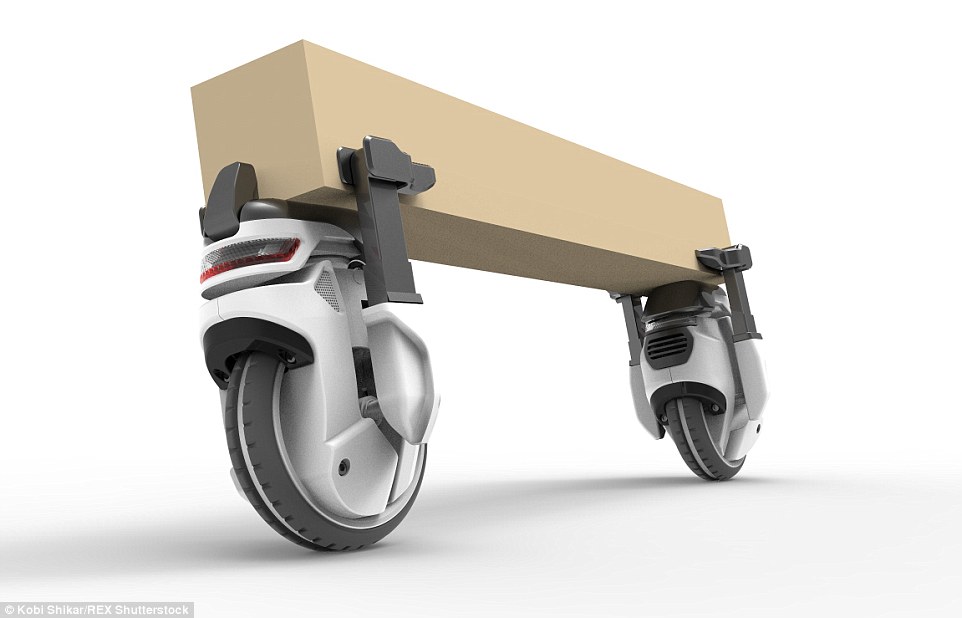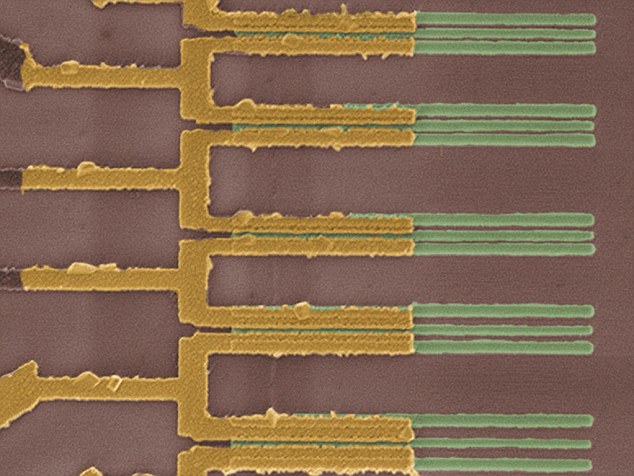Quantum computer time machine: Russian physicists can move small particles a fraction of a second into the past
07/24/2019 / By Edsel Cook

Russian researchers claim that they developed a “time machine” capable of sending subatomic particles in the opposite direction of time’s arrow. The quantum device is said to transport tiny bits of matter a fraction of a second into the past.
Conducted by the Moscow Institute of Physics & Technology (MIPT), the device used electrons as the time-traveling particle. The negatively charged particles within an atom, electrons play a big role in quantum mechanics, the science that covered particles smaller than an atom.
The researchers chose a pool break as the analogy for their time machine with the balls representing the electrons. When a pool player executes a break, the laws of physics and probability dictates that the balls moved in random directions. The same principle applies to scattered electrons.
Thanks to a customized quantum computer, the MIPT research team got the electrons to return to their starting positions instead of scattering to the winds. The effect resembled a video recording playing in reverse, a popular way of depicting the reversal of time in media.
Based on the results of their experiment, the MIPT researchers made the bold claim of successfully circumventing the second law of thermodynamics, which states that the total entropy of an isolated system will never decrease despite the passage of time.
Russian researchers successfully reverse the “evolution” of a quantum computer
One of the rules of physics dictates that everything in the universe experiences decay in the form of entropy. That rule ensures that events move from the past to the future instead of the other way around.
The MIPT researchers defied this rule with a time machine based on a typical quantum computer. In turn, the computing device incorporated qubits.
A unit of data that represented either “one,” “two,” or a “superposition” that combined both values, a qubit fits on a space the size of a single electron.
In their experiment, the Russian researchers used an evolution program that forced the qubits to form an increasingly complicated and shifting pattern of zeros and ones. The evolutionary process caused the qubits to lose cohesive order in a similar way that a pool break scatters balls across the table.
As the qubits evolved from orderly patterns to chaotic movement, the researchers implemented another program. The new program altered the state of the quantum computer so that it evolved in the opposite direction.
The “superposition” of qubits allows them to travel back in time
MIPT researcher Dr. Gordey Lesovik oversaw the development of the quantum computer. He showed how the qubits appeared to be moving backward in time instead of forward when viewed from the outside.
“We have artificially created a state that evolves in a direction opposite to that of the thermodynamic arrow of time,” explained Lesovik, the head of the university’s Physics of Quantum Information laboratory.
He and his research team tested the number of qubits required to pull off a successful time reversal. They found that using two units of data sufficed to achieve a success rate of 85 percent.
However, adding more qubits also increased the number of errors. Three units dropped the chances of success to 50 percent.
Lesovik believed that their findings might contribute to the field of quantum computing.
“Our algorithm could be updated and used to test programs written for quantum computers and eliminate noise and errors,” he brought up.
The electronic circuits of conventional computers were either in an off state or an on state. Quantum computers, on the other hand, used circuits that existed in both states at the same time. Among other things, this superposition lets them predict the future.
Read more news about physics at Physics.news.
Sources include:
Tagged Under: breakthrough, computers, computing, cool science, discoveries, future science, innovation, new tech, physics, Quantum Computers, quantum computing, quantum technology, technology, time machine, time travel, weird science
RECENT NEWS & ARTICLES
COPYRIGHT © 2017 FUTURE SCIENCE NEWS


















